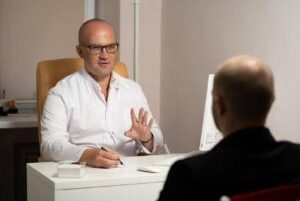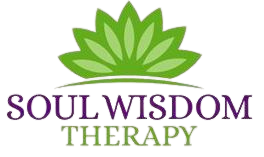Somatic Psychology has been defined as the study of the mind/body interface, the relationship between our physical matter and our energy, the interaction of our body structures with our thoughts and actions. * The word Soma comes from Greek meaning “living body.”
 There are many forms of somatic psychotherapies. These forms of therapy address how the body experiences the intersection of emotion, body sensation and thought. Somatic psychotherapies view the body as having its own level of awareness of seeing, feeling, and sensing, interdependent with the mind and soul. The body retains the energy of past trauma or distress which then affects the emotions and thought processes.
There are many forms of somatic psychotherapies. These forms of therapy address how the body experiences the intersection of emotion, body sensation and thought. Somatic psychotherapies view the body as having its own level of awareness of seeing, feeling, and sensing, interdependent with the mind and soul. The body retains the energy of past trauma or distress which then affects the emotions and thought processes.
While we are so often aware of our thoughts and feelings we may not be conscious of how and where we hold and store the emotions until we become aware in a therapeutic setting.
Wilhelm Reich, a psychoanalyst and student of Sigmund Freud, is widely thought to be one of the originators of Somatic Psychology, however the practice has also been influenced by Eastern philosophies and spirituality, biology and neurology, and movement or art therapy.
Sensations such as tension, discomfort, heat or cold, disordered breathing, and movement limitations, can all indicate stored traumatic energy.
Somatic therapies consist of a great deal more than traditional “talk” therapies. How we show up in the physical world and how we relate to ourselves and to others is not just about personality, mind or emotion. It is also deeply rooted in the physical body and the soul. Somatic therapy may consist of using movement or vocalization, healing touch, breathing exercises, and other physical activities.
The somatic therapies can offer a more complete and expedient healing experience for therapy clients, releasing stored trauma and allowing homeostasis to return to the body-mind.
At Soul Wisdom Therapy, I offer some somatic psychotherapies as one aspect of my integrative approach to my clients’ wellbeing.
C. Caldwell. (1997) ‘This body opens,’ in C. Caldwell (Ed.) Getting in touch: The guide to new body-centered therapies. Wheaton, IL
